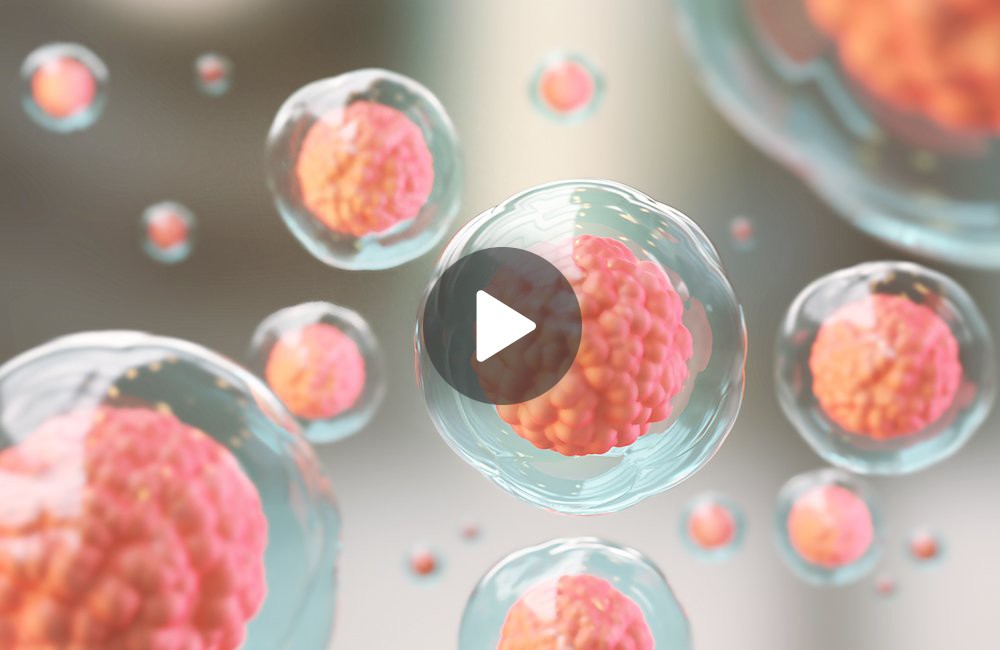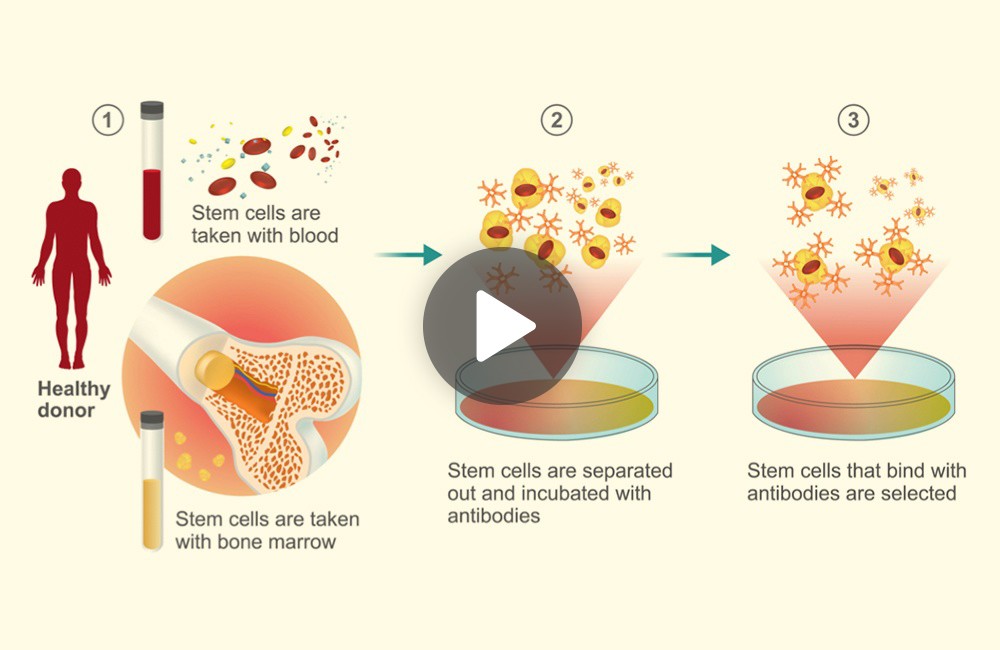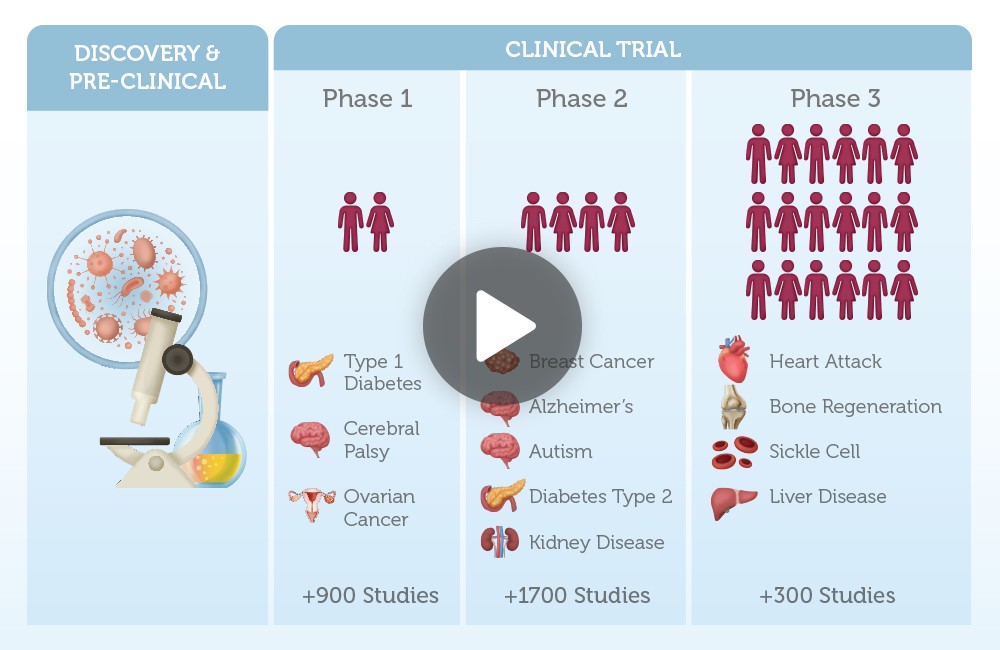Duration
4:00 minutes
Category
Stem cell basics
Series
Cord blood banking
Objective
Educational
Exploring the Differences Cord Blood vs Cord Tissue
What you will learn
- An introduction to embryonic development
- What is the placenta and why is it important?
- Components of the umbilical cord
- What is cord blood?
- What is cord tissue?
- Why you should choose to preserve both cord blood and cord tissue?
This lesson aims to provide an introduction to the placenta and the umbilical cord, emphasizing the distinction between cord blood and cord tissue, and the importance for expectant parents to consider preserving both of these components.
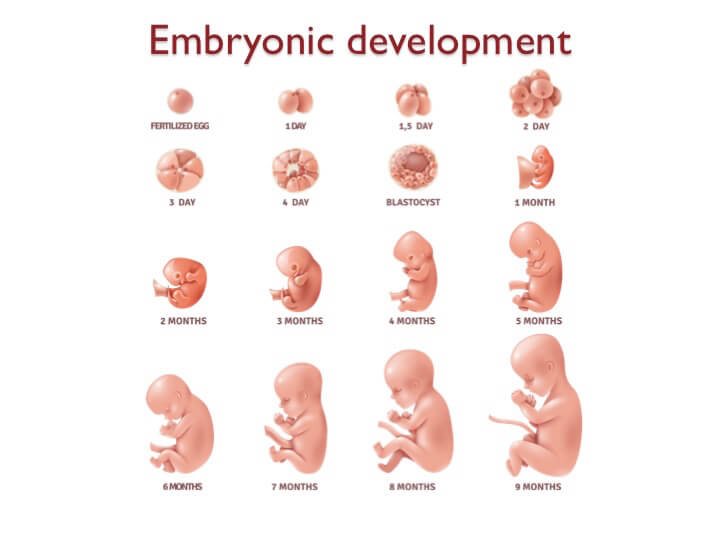
We’ll begin with a brief overview of embryonic development. When a baby is conceived, it progresses through various developmental stages.
The journey starts with a single fertilized egg cell, which within a matter of weeks, establishes the fundamental body structure of an adult. As development continues, the embryo refines and expands upon these foundational characteristics until it reaches full maturity.
All these intricate developmental processes unfold within the mother’s womb, made possible by a remarkable organ known as the placenta.
The placenta, a temporary organ that forms during pregnancy, holds a unique status within the human body as the sole dispensable organ. It attaches itself to the uterine wall, establishing a crucial link between the mother and the developing baby.
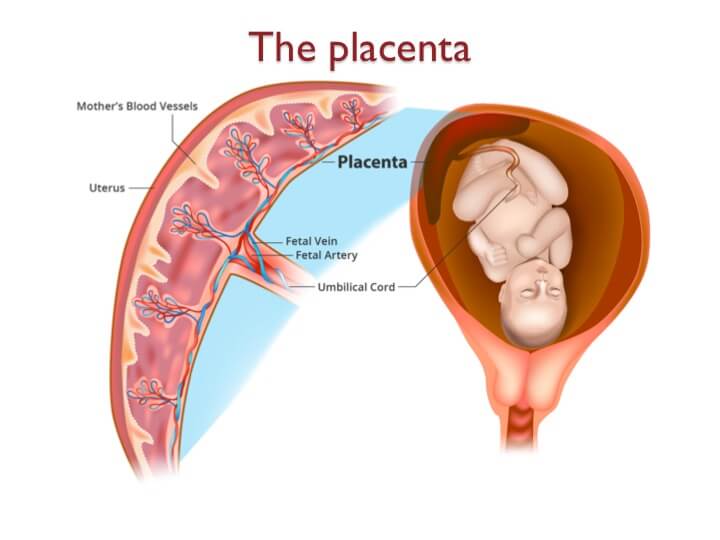
This connection plays a vital role in supplying the baby with essential oxygen and nutrients for growth, as well as eliminating waste products from the baby’s bloodstream. The placenta features adjacent blood vessels belonging to both the mother and the baby, ensuring their blood supplies remain separate. The umbilical cord is the conduit connecting the evolving baby to the mother.
Within the umbilical cord, two distinct components exist: cord blood and cord tissue.
Cord blood pertains to the blood housed within the umbilical cord, whereas cord tissue specifically refers to the structure of the umbilical cord itself. Given the transient nature of the placenta—developing during pregnancy and expelled from the body shortly after birth—it is essential to comprehend these elements.
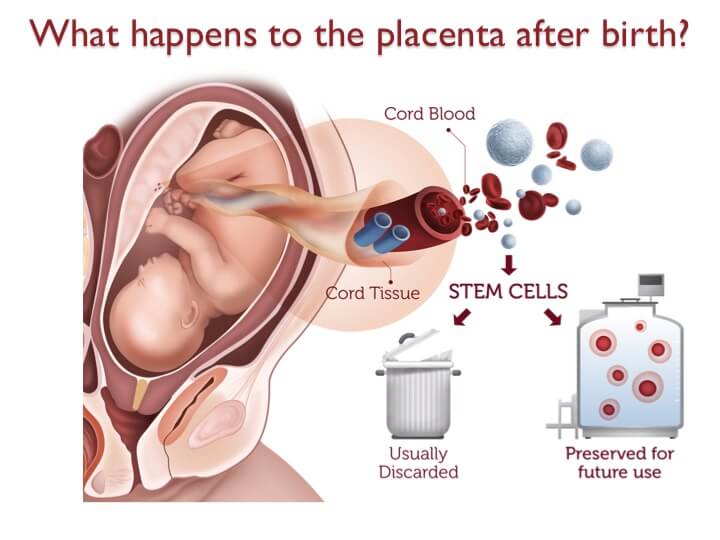
Historically, following the separation of the umbilical cord, both the cord itself and the placenta were typically disposed of as medical waste. However, contemporary understanding recognizes the significant value of cord blood, cord tissue, and even the placenta as reservoirs of valuable stem cells. Consequently, there is a growing consensus that these resources should be preserved whenever feasible.
Cord blood and cord tissue harbor distinct categories of stem cells, compelling many prospective parents to opt for the preservation of both components. This proactive approach ensures access to a wider range of potential medical applications and therapeutic benefits.
Cord blood contains hematopoietic stem cells, which play a crucial role in generating various types of blood cells and immune cells within our bodies.
These stem cells hold immense therapeutic potential, particularly in the treatment of conditions related to blood and in bolstering the immune system.
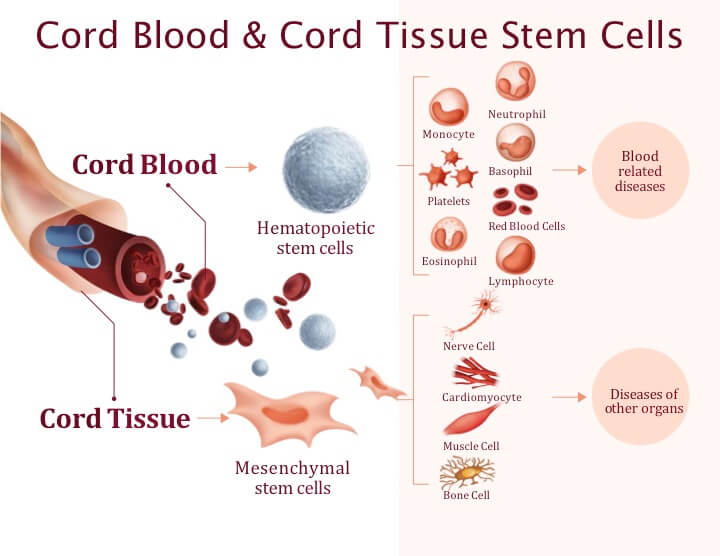
Cord tissue, on the other hand, contains a distinct variety of stem cells called mesenchymal stem cells. These stem cells serve as a sort of medical surveillance team, exhibiting the ability to aid in repairing and regenerating the body in specialized ways.
Mesenchymal stem cells are actively under investigation for their potential in addressing disorders that extend beyond the scope of the blood and immune systems, encompassing various organs.
In essence, both cord blood and cord tissue harbor valuable stem cell reservoirs. These stem cells possess unique attributes and are currently subjects of exploration for their therapeutic applicability in diverse medical conditions. By preserving both cord blood and cord tissue, you’re effectively securing the potential for your child to access an extended spectrum of novel stem cell therapies that may emerge over their lifetime.
More topics you might like
Continue your journey by selecting another topic.
What are newborn stem cells and why are they important?
3:45 minutes | Stem cell basics
Understand the different types of stem cell transplants.
5:30 minutes | Stem cell basics
Learn about the exciting new ways stem cells are being explored as a future therapeutic.
5 minutes | Stem cell basics


